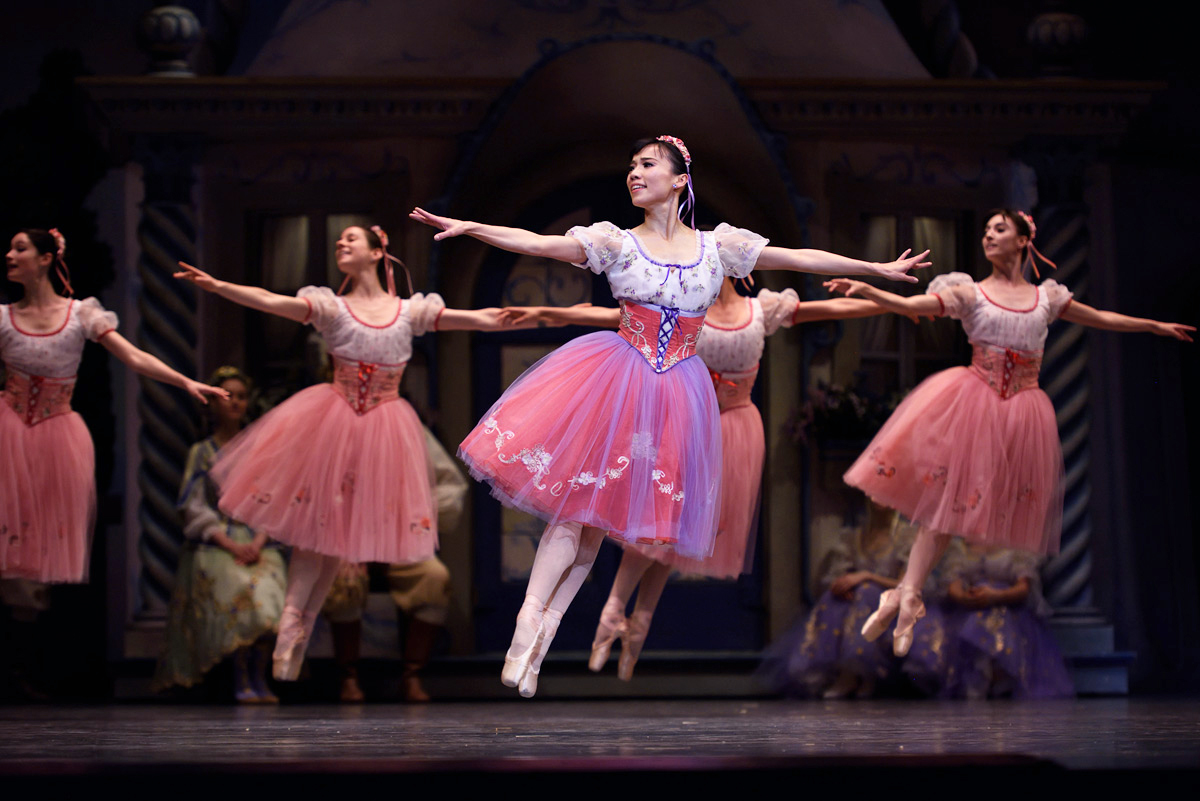Hacking Your Dance Lessons

Anyone familiar with a social media platform and hashtags has probably come across this one: #LifeHacks. What’s a Life Hack? It’s a small thing you do to make life just a little easier. Mixing your peanut butter and jelly together in one jar? That’s a Life Hack – at least until your peanut-allergic friend shows up.
Okay, so how can we apply this to dance, other than with yet another trendy hashtag? (#DanceHacks – pass it on!) Well from what I’ve seen, most of y’all learn dancing the hard way… And you practice it like that too. Who wouldn’t want a few tricks to speed up the process?
So pull out your Dance Hack tool belt, and allow me to introduce you to the tricks of the trade.
Spotting
I’ve written tons about this already, so I’ll sum it up quickly: You know that dizzy feeling that causes you to fall out of your turns? You could work on eliminating it, one turn pattern at a time… Or you could eliminate ALL of your dizziness at once, using spotting.
Our turns cause a sense of vertigo, because we see the world spinning by us, yet it feels like we are standing in place (it also causes car sickness). Spotting counters the spinning feeling by focusing you on a non-moving object. The better you get at focusing and refocusing, the less dizzy you’ll be.
Marking
One of the great secrets of performance artists everywhere, marking is the practice of “half-assing” the routine to get the basic framework down. Start by just getting your body to the right places, and keep any body movements small and easy. You can even substitute movements, like twirling a finger to indicate a turn.
Once you have the general idea, you can start layering on the technique – and it will stick a LOT faster. Learning faster with less effort? Yes, please!
Momentum
Momentum is a slippery mistress (har, har!) but she can add effortless smoothness to your dancing if you know what you’re about. Three rules to live (or dance) by:
- Never stop moving. If you stop moving, you stop dancing. Make every weight transfer fill the beat you are stepping on.
- Things in motion want to keep moving. Make your changes in direction gradual – curve your box steps, wind up into your turns, etc. Making a 90º turn at high speeds isn’t original – it’s jerky, and a tripping hazard besides.
- “Spring” back. In certain dances, we do reverse direction (often called a “check” or “break”). Make the change gradual, like a ball that’s rolled uphill. Slow down on your step into the direction change, letting the pressure into the floor smoothly reverse your direction.
Filling the Music
Want to easily add musicality to your dancing? Take any movement you like to do – a step, an arm gesture, a hip roll – and try speeding it up or slowing it down by x2-4 times, depending on what the music is doing. This allows you to do the same move multiple times, and make it look different each time.
The key is to tie the movement to the music, so listen closely to when the music gets very fast and energetic, or slow and drawn out, and fill that space with your motion. Or just pick your favourite instrument in the song, and dance to that!
Dancing Through Your Day
For most of us, dancing is not our only priority – a dancer’s gotta eat, after all! – so fit your practice into your daily schedule. Remember, you don’t have to dance every move full out (read the marking hack above); just shorten your steps, or focus on a single tricky body isolation.
There’s a lot more times and places you can practice than you think. Here’s just a few:
- Walking from A to B (great for posture and smooth movement exercises).
- In an empty conference room during lunch break.
- In the elevator (when it’s empty, unless you’re very brave).
- Waiting for the microwave to finish, or oven to heat up.
- Just before or after your dance class.
- At the gym.
- In the party room, or rooftop balcony in your condo.
- Waiting at the bus/subway station, etc.
- When a commercial comes on the tv.
- While brushing your teeth.
Single-task Dancing
Scientists have proven true multi-tasking to be a myth, so why are you trying to practice your posture, foot placement, and arm styling all at once? Split up your practice time and devote a segment to each individual skill – you’ll learn it faster, and it will be a lot less stressful, trust me.
Envisioning
If we get injured (or because you can’t do a grand jeté just anywhere), we may not able to practice our steps very much. True athletes don’t let this stop them however. Instead, they watch videos of dancers, and picture themselves going through the motions.
Studies have shown this trains the brain to continue building those dancer instincts. You can even quietly engage the muscles involved for an added boost.
Don’t touch that dial, we’ve got more #DanceHacks coming at ’cha next week!
About the Author
Ian Crewe has been dancing ballroom for over 18 years, and has a Licentiate in American smooth and rhythm. His passion for dance eventually led him to blogging and the World Wide Web. Ian currently teaches at the Joy of Dance Centre, Toronto, ON, Canada.

